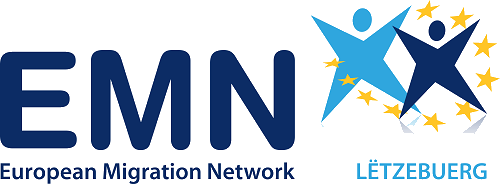What bilateral readmission agreements exist between EU Member States and third countries to facilitate the return of migrants staying irregularly on the EU territory? This EMN informs updates, checks and expands the existing information on legally binding bilateral readmission agreements by EU Member States and Norway. It highlights how these agreements have led to higher numbers of returns and smoother return operations, as well as consolidating good cooperation with third countries.
Readmission agreements between an EU Member State, or block of EU Member States, and a third country are based on reciprocity. These agreements establish rapid and effective procedures for the identification, and safe and orderly return, of persons who do not, or who no longer, fulfil the conditions to enter or remain on the territory of the third country or the EU Member State in question. The aim is to facilitate the transit of such persons in a spirit of cooperation.
Readmission agreements are technical instruments that bring procedural improvements to cooperation between the administrations of two (or more) countries involved in the readmission process of the nationals of one to the territory of the other. They may include a direct commitment by signatory States to accept requests for the re-entry of an individual (own national, third-country national or stateless person), but can also include collaboration on other areas of readmission, such as time limits and the issuing of travel documents. Other return clauses (e.g. reintegration support) can also be included so as to effectively implement returns and/or improve the quality of returns.3 Some operational and technical elements may be included in annexes or separate implementation protocols.
In addition to bilateral readmission agreements, a number of EU-level Readmission Agreements (EURAs) have been negotiated with third countries, in line with the increasing acquisition of competence by the EU in this policy field.
Some of the main key findings are:
- The number of bilateral readmission agreements concluded between European Union (EU) Member States and Norway and third countries and their practical implementation appear dependent on and proportional to the relevance of those third countries to migration management, the volume of their nationals irregularly present in the EU Member States or non-nationals originating from their territories, their geographical proximity to EU external borders, and their presence along the main migratory routes to the EU.
- It is intended that EU Readmission Agreements (EURAs) will supersede earlier legally-binding bilateral readmission agreements made by EU Member States with individual third countries to the extent that their provisions are incompatible with those of EU Readmission Agreements. Only one EU Member State has taken formal steps to suspend their pre-existing bilateral readmission agreements, while others were more generally no longer implemented in practice.

